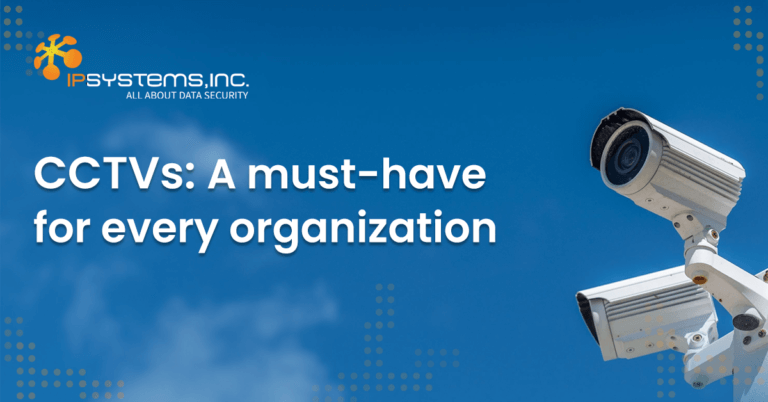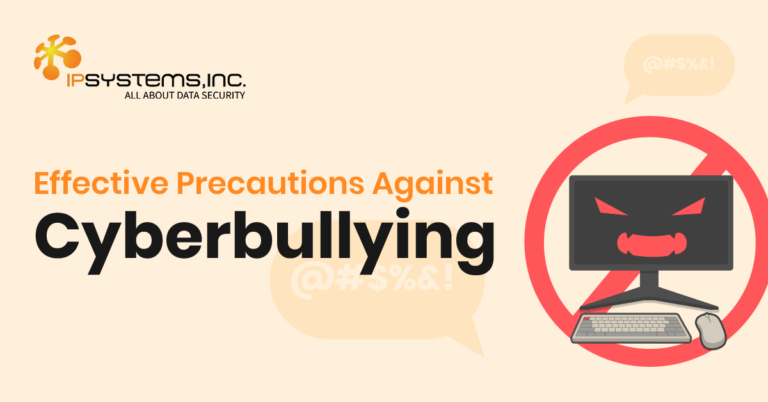
Innovating your Business with Green Data Centers
Blog: Innovating your Business with Green Data Centers Data centers are centralized facilities equipped with essential hardware like servers, storage devices, and networking equipment.

The shift from manual to digitized processes has revolutionized the way businesses, organizations, and individuals operate. This transition has led to improved communication, streamlined workflows, and heightened productivity. However, in sectors handling sensitive information, such as banks, hospitals, and government entities, reservations are inevitable due to concerns about potential data breaches, unauthorized access to valuable data, and the evolving landscape of advanced cyberattacks. Addressing these challenges necessitates the establishment of a comprehensive cybersecurity strategy to ensure seamless and secure integration of digital processes.
In the pursuit of a robust cybersecurity strategy, aside from having antiviruses, strong authentication processes, and practicing good cybersecurity hygiene, one of its fundamental pillars is having a reliable firewall. A firewall acts as a protective barrier between your internal network and the vast and potentially dangerous expanse of the internet. It oversees and manages the flow of network data, through analyzing and enforcing predetermined security protocols for incoming and outgoing traffic. By implementing a strong firewall, you can significantly reduce cybersecurity risks such as unauthorized access, malware, viruses, denial of service (DoS), spyware, etc.
Before diving into the vast array of firewall options available, it’s essential to understand your business or organization’s unique security requirements. Start with conducting a comprehensive assessment of your network infrastructure, industry compliance regulations, potential threat entry points, types of security threats you are likely to encounter, and the sensitivity of the data you carry. Additionally, consider the size of your organization, the number of employees, the locations from which your team accesses the network, and your budget constraints.
Firewalls come in three primary forms: hardware, software, and cloud based. Hardware firewalls are physical devices that operate independently from your computer, securing networks by filtering traffic between internal and external devices, without consuming its resources. They're particularly useful for larger organizations seeking strong protection without impacting device performance. However, they can be more complex to set up and manage compared to other options.
Software firewalls are programs installed on individual devices to defend against viruses and malicious content. While they do use device resources like CPU and RAM, they provide flexibility, customization, are easier to install, manage, and update on individual devices, and are ideal for small businesses or organizations. The downside is, their effectiveness may depend on the performance and security of the host computer, potentially encountering conflicts with other programs or malware.
Cloud-based firewalls on the other hand are hosted services offered by managed security providers. They actively monitor internal network activity and third-party environments, catering to both large enterprises and smaller organizations with limited security resources and expertise.
There are numerous firewall brands in the market, with varying levels of protection and pain points to relieve. Some offer basic security, while others provide advanced features to tackle evolving cyber threats. Modern firewall devices and services have evolved beyond their traditional functions and now include:
To maximize their effectiveness against evolving threats, it is crucial to integrate these multifunctional security features into a multilayered architecture, strategically implementing them at various points in the network to create multiple lines of defense.
When choosing a firewall, it is essential to include user-friendliness and ease of maintenance in your criteria. Opting for a firewall that is overly complex to set up and manage can lead to misconfigurations or neglect. Instead, seek solutions that offer a user-friendly interface and centralized management options, enabling your IT team to efficiently monitor and update firewall settings. This streamlined approach ensures that your firewall remains up-to-date and effectively secures your network, without becoming a burden on your IT resources.
Selecting a reputable vendor is crucial when choosing a firewall. Conduct thorough research into the vendor's track record, customer reviews, and industry reputation to gauge their reliability and performance. Don’t forget to also inquire about the level of technical support and customer service the vendors offer. A responsive, accommodating, and knowledgeable support team can prove invaluable when you encounter issues or require assistance with the firewall's operation. Partnering with a trusted vendor ensures that you receive prompt and effective support, enhancing the overall effectiveness of your chosen firewall solution.
As businesses, organizations, and individuals embrace digitalization for enhanced efficiency and productivity, the importance of robust cybersecurity cannot be overlooked. A comprehensive cybersecurity strategy, including a reliable firewall, is essential to overcome data breaches and cybersecurity threats. By following a systematic approach and considering factors such as business or organizational needs, firewall type, advanced security features, ease of use, and vendor reputation, you can make informed decisions to protect your valuable data and ensure seamless integration of digital processes. With the right firewall in place, you can confidently navigate the digital landscape and safeguard your networks from evolving cyber risks.
For inquiries on network and endpoint security, you may call us at +632 8638 3264 or send us an email at [email protected].



Blog: Innovating your Business with Green Data Centers Data centers are centralized facilities equipped with essential hardware like servers, storage devices, and networking equipment.

Blog: CCTVs: A must-have for every organization Nearly every business and organization, regardless of size, has already implemented CCTV Services within their premises because

Blog: Combating Bullying in Digital Classrooms: Empowering Students for a Safer Learning Environment Bullying is a pervasive issue that inflicts emotional, psychological, and physical